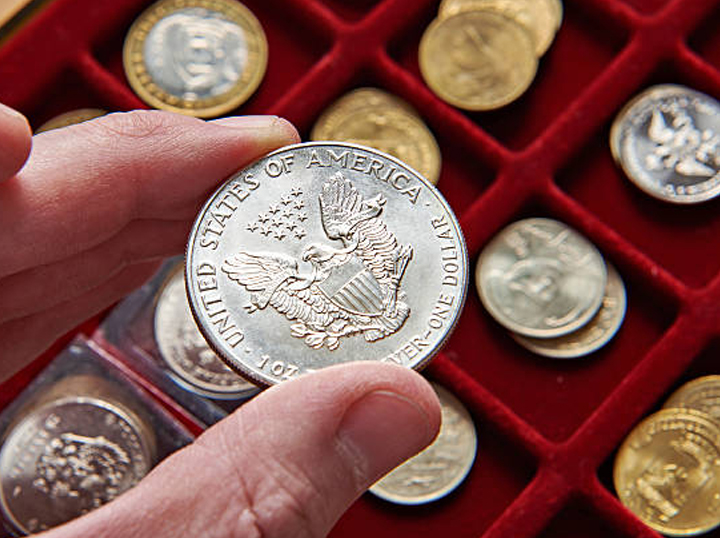tel:877-795-9585
Coin Grading 101

Imagine buying a diamond for your significant other without your jeweler being held to a universal measuring stick for that significant investment. The Gemological Institute of America (GIA) established the diamond grading process which standardized that industry. The Sheldon Scale was created in 1949 by William Herbert Sheldon in 1949. The American Numismatic Association based its Official ANA Grading Standards in large part on the Sheldon Scale. The creation of the two major grading services in 1986, removed all subjectiveness in grading to standardize the industry. The Sheldon scale is a 70-point system with 1 being poor and 70 being perfect.
The Professional Coin Grading Service and The Numismatic Guarantee Corporation offered assurance to collectors and investors that the specimen they have purchased will be seen as the same condition when it is sold. Before the establishment of the grading services, the condition of a coin was left up to the individual dealer and collector. Buying and Selling coins caused the owner and buyer to use the Sheldon Scale to their advantage as condition drives price. A coin may be classified as a 60 when bought and a 63 when sold. With the advent of a coin encapsulated with its pedigree and grade inside a tamper proof holder has arguably been the single most important event in the modern history of coin collecting and investing.
In the early years of encapsulated grading, attention was mostly specific to pre-1933 gold coins and pre-1965 silver. It was not until the “backlog” of antique coins was reduced that modern issues entered the capsules in the early 2000’s. For the first time the coin industry began to digest MS-69 and MS-70 specimens and the markets that would ensue.
When collecting or investing in Numismatic Coins, the considerations for price include mintage, population, and condition. With the major grading services offering population reports, this helped additionally in determining the true existence of specific issues. For the large part, pricing is graduated based on the number of coins per grade. Naturally a high mintage year coin would yield larger numbers of higher grades versus a low mintage year making it impossible to compare price between these two examples grade on grade. There is method to the pricing of coins by reputable dealers, and all of the above factors must be considered on a case-by-case basis.
In recent years an additional component has been added to the pedigree of certified and graded coins. Signature and specialty holders have offered opportunities for modern issues to have subcategories further complicating the landscape. There are signatures and specialties that are without a doubt impactful and demand higher premiums. John Mercanti could possibly be the reason that Signature issues find footing. His original signature on a grading label demands and receives a premium at time of purchase and time of sale. The population reports segregate signature coins for easy comparison.
This blog is intended to be a general overview of the impact and mechanics of grading and the current landscape. While NGC and PCGS lead the industry in certification and grading for decades, there are other services that deserve a look. By no means is this a comprehensive report. For more information and direction, contact your GMRgold representative today.